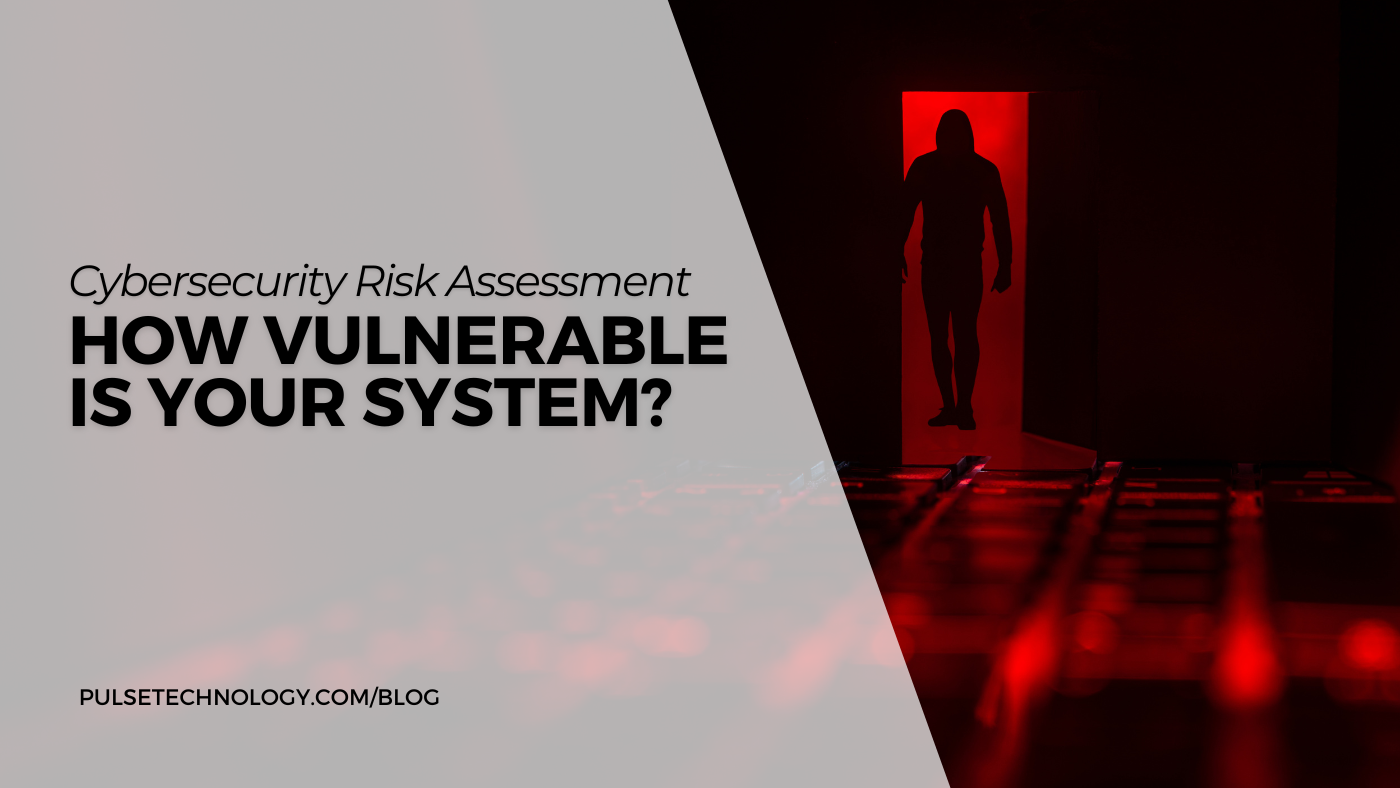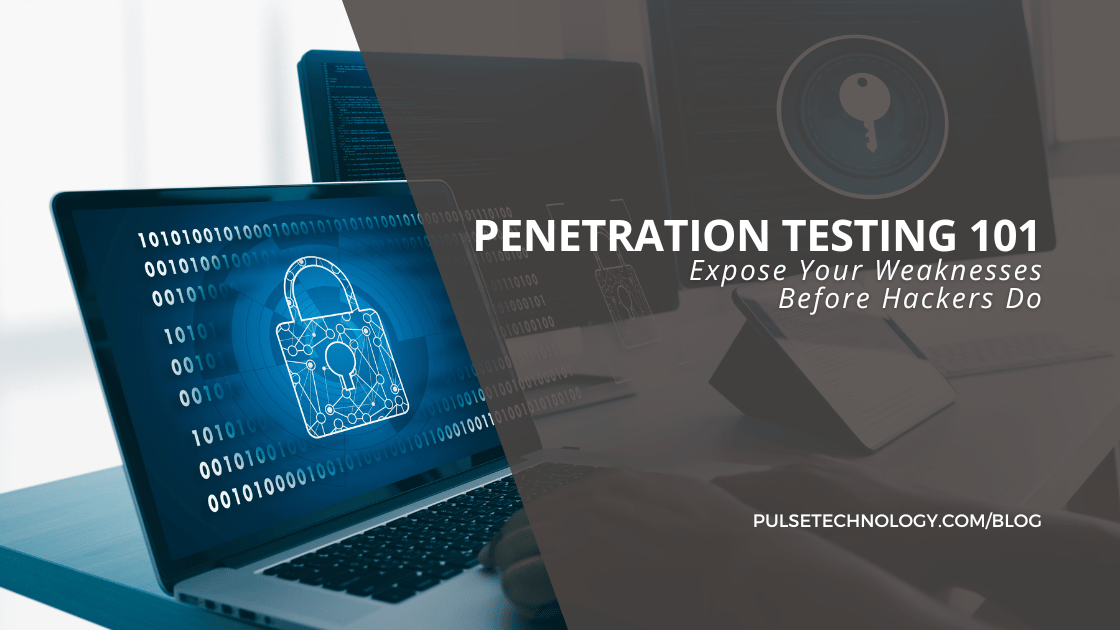A New Year’s Audit – Get a Risk Assessment of Your IT Systems
One New Year’s Resolution that will help every business start off on the right foot is giving your IT (Managed Services) systems the “once over” – a risk assessment --to be sure everything is operating as it should be, and to see that your network is protected against attacks.
A Security Magazine article from May 2022 illustrates why this is so very important. It reveals that small businesses are attractive targets for cybercriminals because small businesses often lack the precautions and protections found in larger organizations, and that 43% of all cyberattacks target small businesses. The article further points out that many small businesses believe they will not fall victim to such attacks, and that many also have systems that are outdated and no longer supported. Then factor in the additional challenges that arise when the workforce is hybrid, and the only conclusion possible is that it makes good business sense to be certain that your system is as protected from attacks as it can be.
Beginning the year with a thorough and detailed risk assessment of your company’s infrastructure will be time and money well spent. After all, your best business plans, goals and aspirations for 2023 are dependent on your network operating smoothly and free from hacks and “downtime.”
A risk assessment involves five basic principles: identification, assessment, evaluation, taking the necessary action, and ongoing monitoring of the system.
How do you get started? Begin by letting the team and all departments know that they will be involved in this risk assessment – because everyone needs to “buy in” to the importance, particularly management.
Then, select a partner with a reputable, knowledgeable IT provider to guide you through the process.
The risk assessment should include, but not be limited to, the following steps:
- Identifying the key assets within your network. Which are the ones that have the highest priority?
- Identify potential problem areas and breach points within your network. These can include software and firewalls. Are your software programs up to date? Are they still being supported? What are the areas of highest risk and highest value?
- Identify and evaluate any threats which could harm your company. These include, but are not limited to, hardware damage, hacks from outside sources, potential internal problems, malware, and other malicious interference. Don’t overlook the damage from a natural disaster in performing the risk assessment.
- Identify vulnerabilities within your organization. Look for weak spots that a hacker or malicious person could take advantage of. Again, is your software up to date? Are your servers secure?
- Tied in with vulnerabilities is employee performance – and awareness of potential problems. Does your team understand the common phishing schemes, how to identify them, and how to avoid clicking onto harmful links? Is there an ongoing training program, either internal or external, to update the team on the latest threats?
- Assessing the likelihood that one of the identified IT risks might occur, and assessing and determining the impact that any risk or penetration of your IT system could have on your business. This includes, but is not limited to, cyber liability insurance. Is there a plan in place to notify clients if there is a breach?
- Assessing management’s ability (and willingness) to respond and mitigate risks. Does management “buy in” to the importance of data protection?
- Evaluating the company’s overall IT proficiency. Is the in-house IT department focused on maintenance and prevention, rather than being reactive when a situation occurs?
- Evaluating the company’s overall security-related protocols. This includes knowing who has access to what
- Streamlined communications company-wide, and protocols to be followed by everyone in the event of an incident. Do these protocols exist within the organization?
- Understanding reputational damage: what are the projected costs to repair damage from a breach, versus the cost of implementing preventive measures
- How effective is the company’s means of monitoring the IT system for potential threats and breaches?
Part of a risk assessment should also include a “real-time” test of the system’s vulnerability with a penetration test. An IT partner proficient in vulnerability testing will search for weaknesses in the same way as a hacker would – and in turn, you’ll know the areas of your infrastructure that need shoring up, and a plan to correct weaknesses.
Start your new year proactively, with a risk assessment. Give us a call or email us at info@pulsetechnology.com to learn more!



